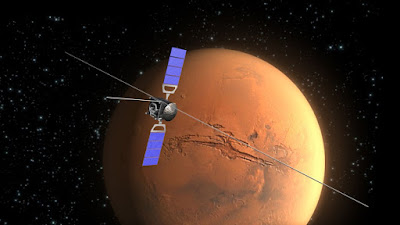Intelligent Life on the Milky Way

New California Institute of Technology Research Source: NASA Milky Way Likelihood of Alien Life on the Milky Way Physicists at California Institute of Technology have used astronomy and statistical modelling to map the probable existence of life on the Milky Way. Three Caltech physicists have precisely mapped where and when life is most likely to exist in the Milky Way. Essentially they modelled the evolution of the Milky Way over time. They used key factors necessary for the development of intelligent life such as Sun-like stars accompanied by Earth-like planets, time necessary for intelligent life to evolve and the frequency of deadly radiation from supernovas. Findings The scientists used time and space ...













